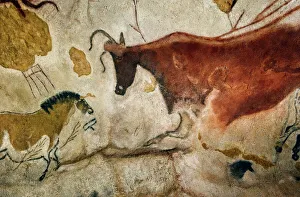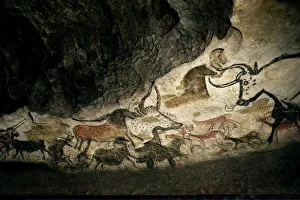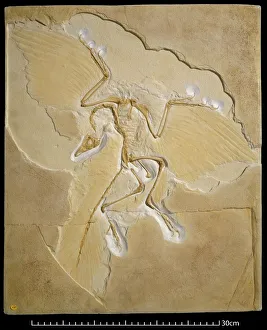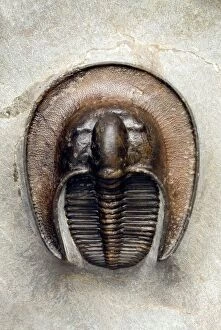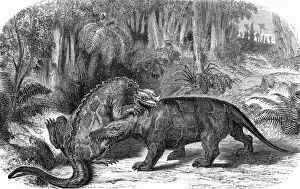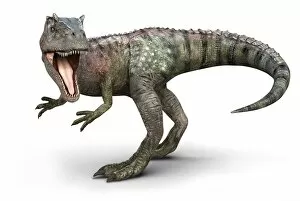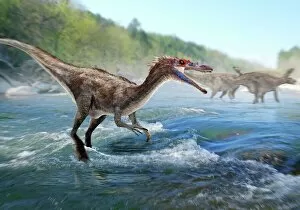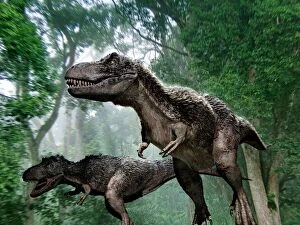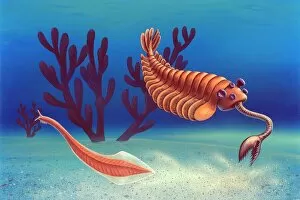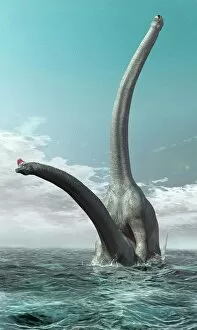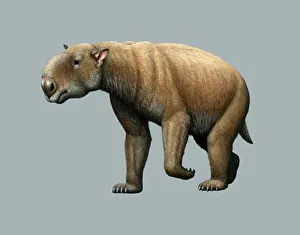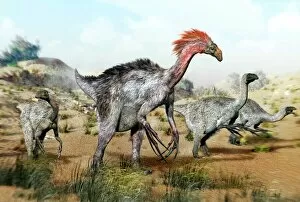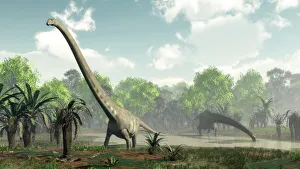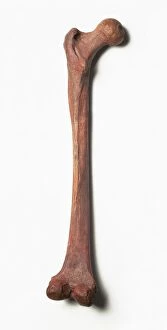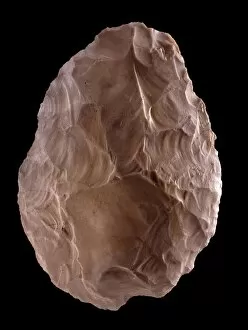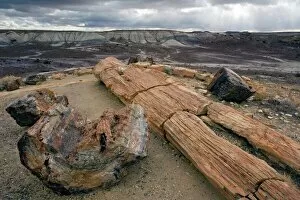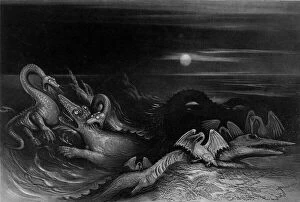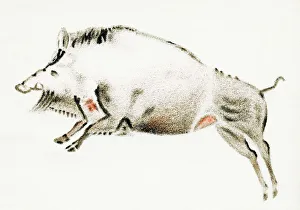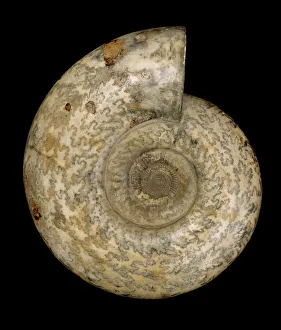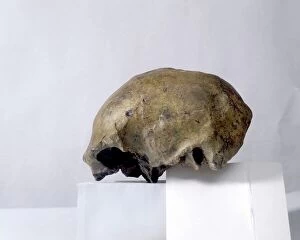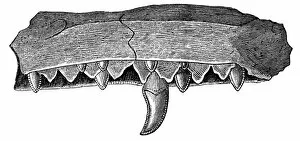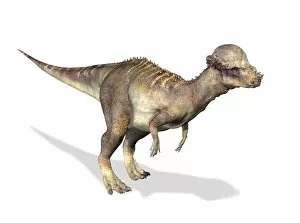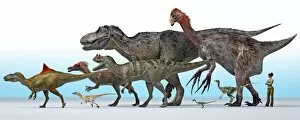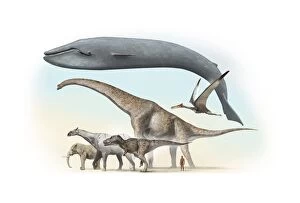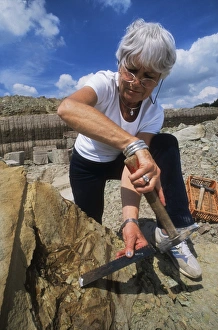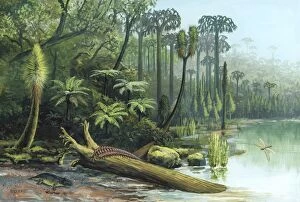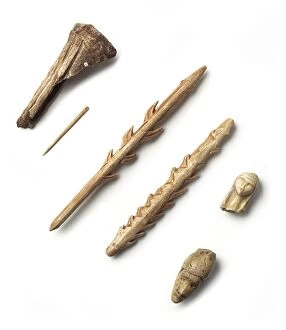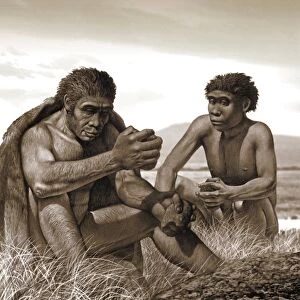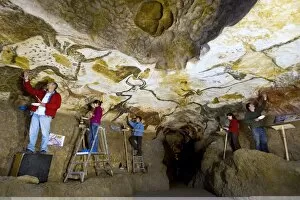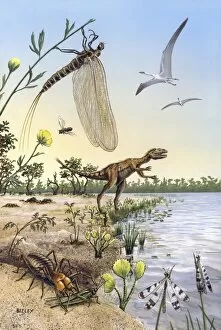Paleontological Collection
"Paleontological Marvels Unveiled
All Professionally Made to Order for Quick Shipping
"Paleontological Marvels Unveiled: A Journey Through Time" Step into the fascinating world of paleontology as we explore ancient wonders that have captivated scientists and enthusiasts alike. From the meticulously recreated Lascaux II cave painting replica, C013/7378, to the awe-inspiring sight of Tyrannosaurus rex dinosaurs mating, prepare to be transported back millions of years. Marvel at the Archaeopteryx fossil, Berlin specimen C016/5071, a remarkable link between dinosaurs and birds. Its intricate details tell a story of evolution and adaptation that continues to intrigue researchers today. And let's not forget the trilobite fossil – an ancient marine creature frozen in time, offering glimpses into Earth's primordial oceans. Immerse yourself in breathtaking artwork depicting Iguanodon and Megalosaurus roaming their prehistoric landscape. Witness the power and grace of Baryonyx dinosaur as it prowls through its habitat with razor-sharp claws ready for action. Compare cerapod dinosaurs to a rhino – these gentle giants once roamed vast territories alongside other magnificent creatures. Behold Sauroposeidon dinosaurs engaging in their majestic mating rituals; their towering presence leaves us awestruck by nature's diversity. Delve into history with Plesiosaurus battling Temnodontosaurus (Oligostinus), 1840 engraving - a scene frozen forever capturing an epic struggle beneath the waves. And who could resist marveling at an artist's rendition of a prehistoric giant wombat? This massive creature takes us on a journey through Australia's forgotten past. Lastly, meet Therizinosaurus dinosaurs – peculiar beings armed with enormous claws used for defense or gathering food from tall trees. Their unique appearance challenges our understanding of what it means to be a dinosaur. These paleontological treasures offer glimpses into worlds long gone but never forgotten. They remind us that life on Earth is a continuous journey of adaptation and survival.

